For the students who sent me a kind gift. Here is a link to their blog...
Battalion Hawk Bloggers
Hello Battalion Hawk Bloggers,
Well, it did take some time for the parcel to arrive but, as you already know, it finally appeared. Here is what I found inside...
A clapper board to help me align video clips.
A packet of chalk so I can write on the board.
Three rock samples bearing fossils.
Just by chance, later the same day your parcel arrived I had a phone call. I was asked if I was willing to video the opening performance of the Candelo Village Festival. I agreed and realised I had the chance to use the clapper board very soon after receiving it.
This also presented me with another idea, I had a blog where little had been posted as I didn't have a strong use for it. I cleared away some old posts, some of which ended up on this blog because they were my earliest extended comments. After reorganising the layout and content, I renamed it...
Exploring Ideas: How to and why… A look at blogging, graphics and activities
The idea is to use this blog when I explain how or why I do things the way I do. I left two posts from March, 2012 because they looked at how to write a googol (special number where 1 is followed by 100 zeroes) and how I approach writing a story, particularly long ones.
Your gift gave me an idea for the first post made especially for the blog. It tells how I used the clapper board. I have included a video clip I made for you showing me use the clapper board to mark the film position. I also included 15 seconds of a performance so you can hear a little of my experience on the evening of Friday (April 12).
The people have been deliberately blurred for privacy reasons. You will not have heard the song before as the music festival opening included original works by local composer/musicians. Here is the link to the first real "How to and Why" post...
Aligning Video Clips
Now, let's look at the rocks you sent. There were the three stones and something sounding fossil-like. I'll explain shortly...
Crinoid or Corallite Fossils?
Schools and students have permission to use this graphic for non-commercial, educational purposes.
Both suggestions people made through Twitter seem reasonable and both types of creatures still exit in our oceans today. Of the two choices, I would favour crinoid-like fossils but, remember, I am not an expert so this is only my opinion. There is a third option I might add soon. Let's look at the two choices...
Corallite
(Wikipedia reference: Scleractinia )
This is a Wikimedia Commons image of one type of hard coral taken by Nhobgood
Corallite, if I have my information correct, is the fossilised remains of stony corals. When you look at photos, you can see they are well formed, rock-like structures so I would expect fossils of them to include a more regular pattern than in the samples you sent (see the photo below). Of course, it is also possible what you see in the rocks are broken bits of coral cemented together in the way sedimentary rocks can form.
Below is a photo of a piece of coral I found washed up on the shore in Queensland. It came from the Great Barrier Reef. Can you see the pattern of openings where coral polyps once lived?
Schools and students have permission to use this graphic for non-commercial, educational purposes.
Crinoid
(Wikipedia reference: Crinoid )
This is a Wikimedia Commons image of one type of crinoid taken by Alexander Vesanin
Crinoids tend to have small tube-like structures that could be what we see in the stones. There have been some beautiful, almost complete crinoid fossils found. What you see could also be the remains of small shellfish, i.e. their shells (see the photo below). I don't know what rocks are native to your area but, whatever, the stones you sent will now take their place in my rocks and minerals collection. They are my first from Canada. 🙂
Below is a rock I picked up on a beach. You can see, like the samples you sent, it has been rounded by water action. Can you see the shell fossils embedded in it? In these cases, you can see the shell was from spiral shell type similar to ones I sometimes find washed up on our beaches.
Schools and students have permission to use this graphic for non-commercial, educational purposes.
Did I say "something sounding fossil-like" back there? I'll explain.
You know my mind tends to wander in many directions and this is what happened when I saw the packet of chalk. The question came to mind, "What is chalk?" I thought I would share my answer with you.
Schools and students have permission to use this graphic for non-commercial, educational purposes.
Location: Dover, England
I took the above photo when I was in Dover in England. It shows the famous White Cliffs of Dover. The cliffs are chalk but what exactly is chalk?
Here is a quote from Wikipedia...
"Chalk is a soft, white, porous sedimentary rock, a form of limestone composed of the mineral calcite. Calcite is calcium carbonate or CaCO3. It forms under reasonably deep marine conditions from the gradual accumulation of minute calcite plates (coccoliths) shed from micro-organisms called coccolithophores."
(Wikipedia Reference: Chalk )
What this means is chalk has formed under the ocean from the remains of algae so tiny you would need a microscope to examine them properly. Can you imagine the cliffs of chalk in the above photo would have involved many billions of these tiny organisms over a very long time?
Is this the same chalk you sent? While it could be, much of the blackboard chalk manufactured today is made from a stone called gypsum. Below is a photo of gypsum from my collection. This particular piece is known as rose gypsum because of its appearance. (It is shown glued onto a shell for display.)
Schools and students have permission to use this graphic for non-commercial, educational purposes.
What was the third option for the stones you sent?
I can be a very curious person when seeing something interesting. This is what happened when I was looking at the rocks.
I suspected I might not be looking at fossils in rock at all so I broke open the smallest piece of stone so I could examine its centre. I found the stone was made of small crystals. Below is a graphic showing four photos I took of one of the pieces of the small stone. Can you see the shine of the small crystals?
Schools and students have permission to use this graphic for non-commercial, educational purposes.

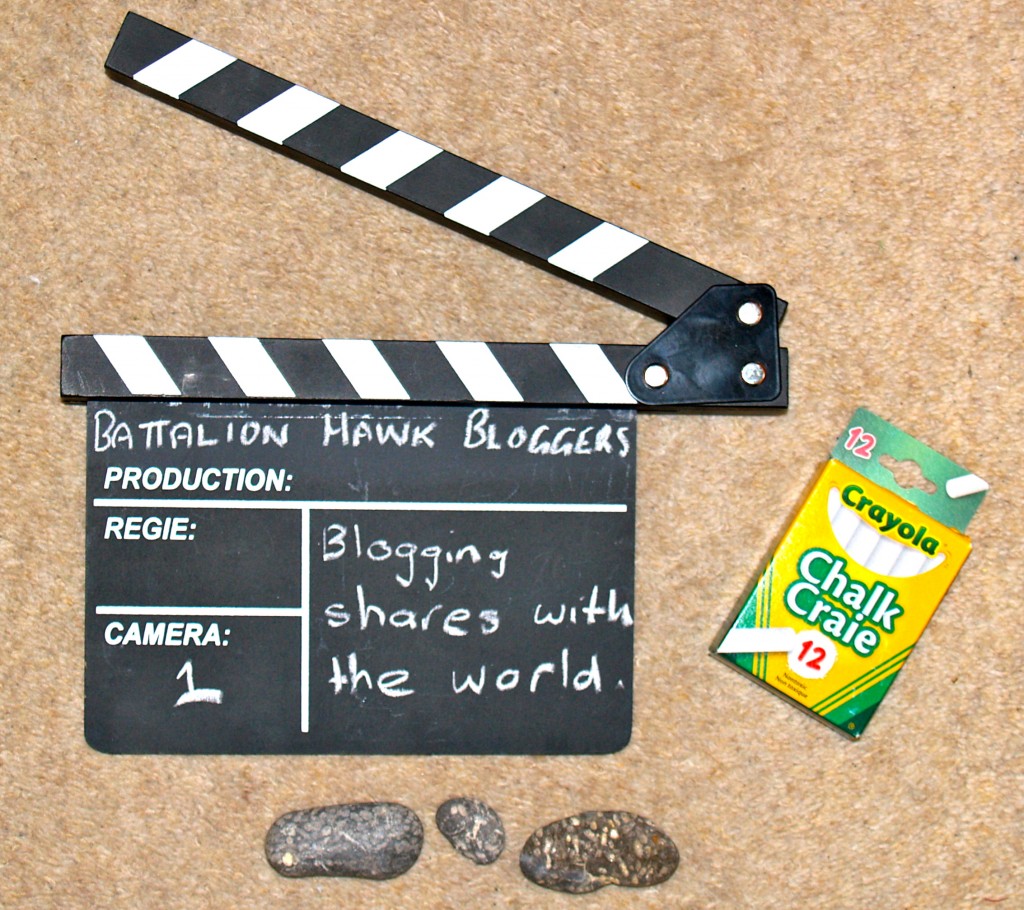

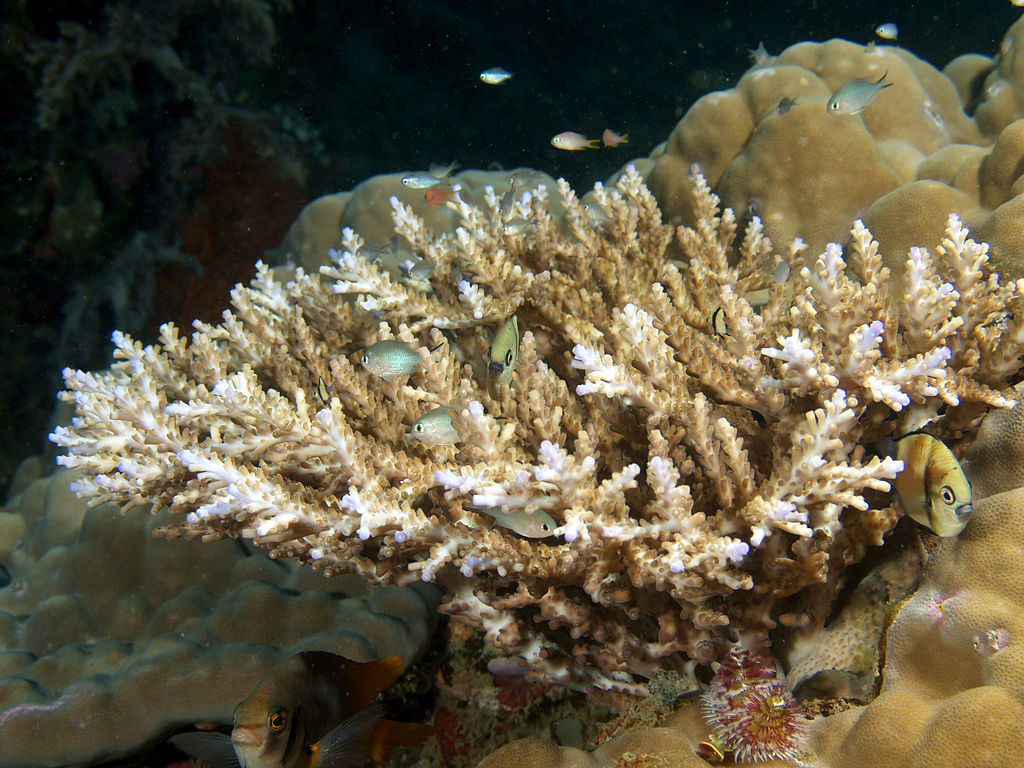
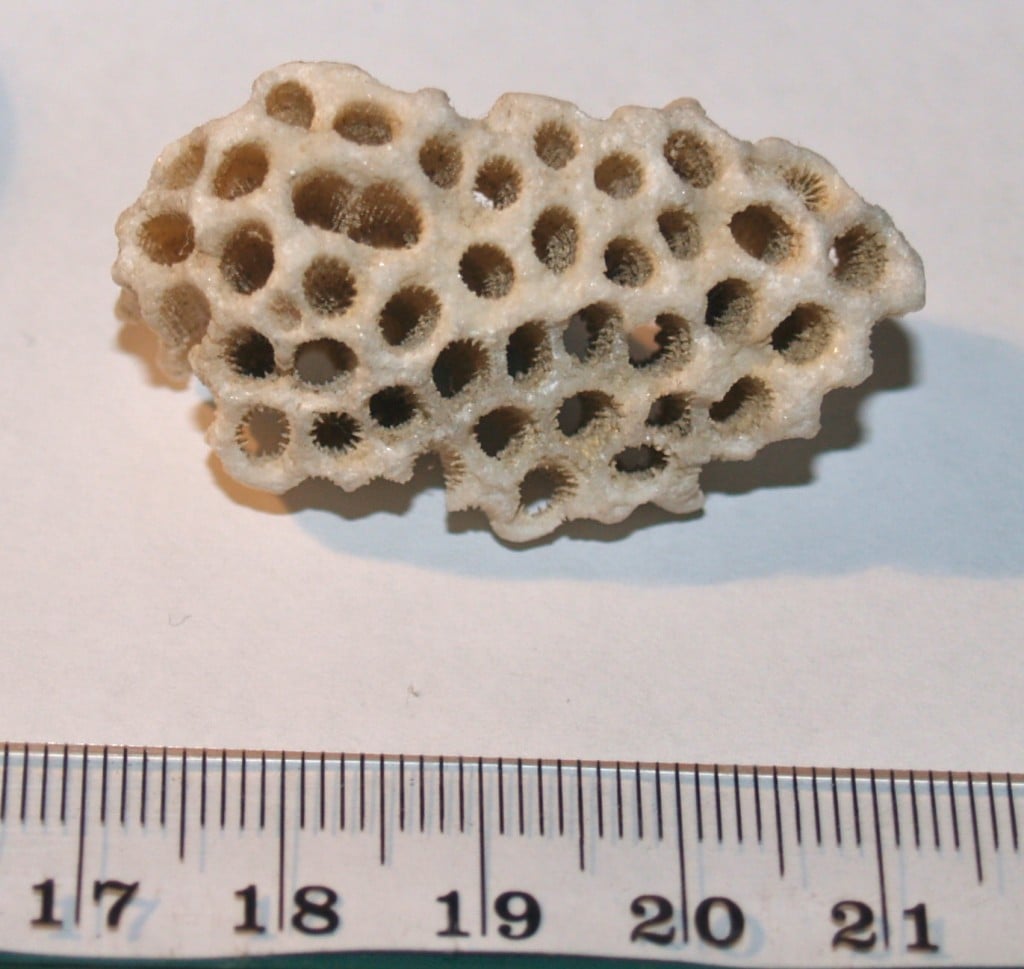
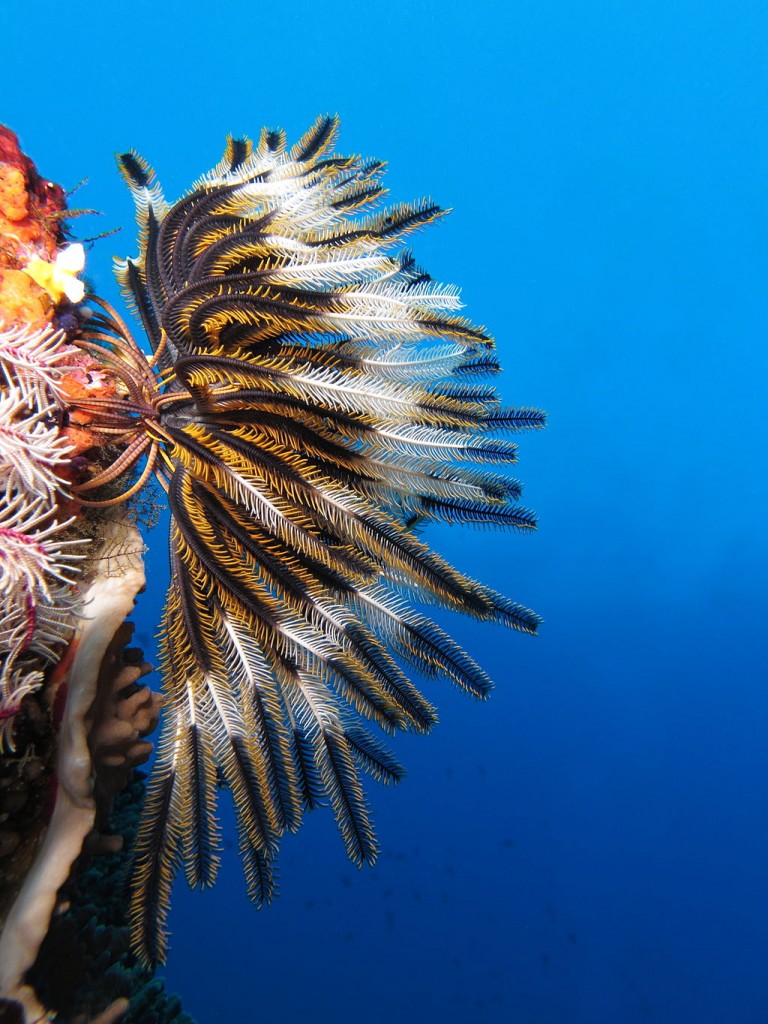
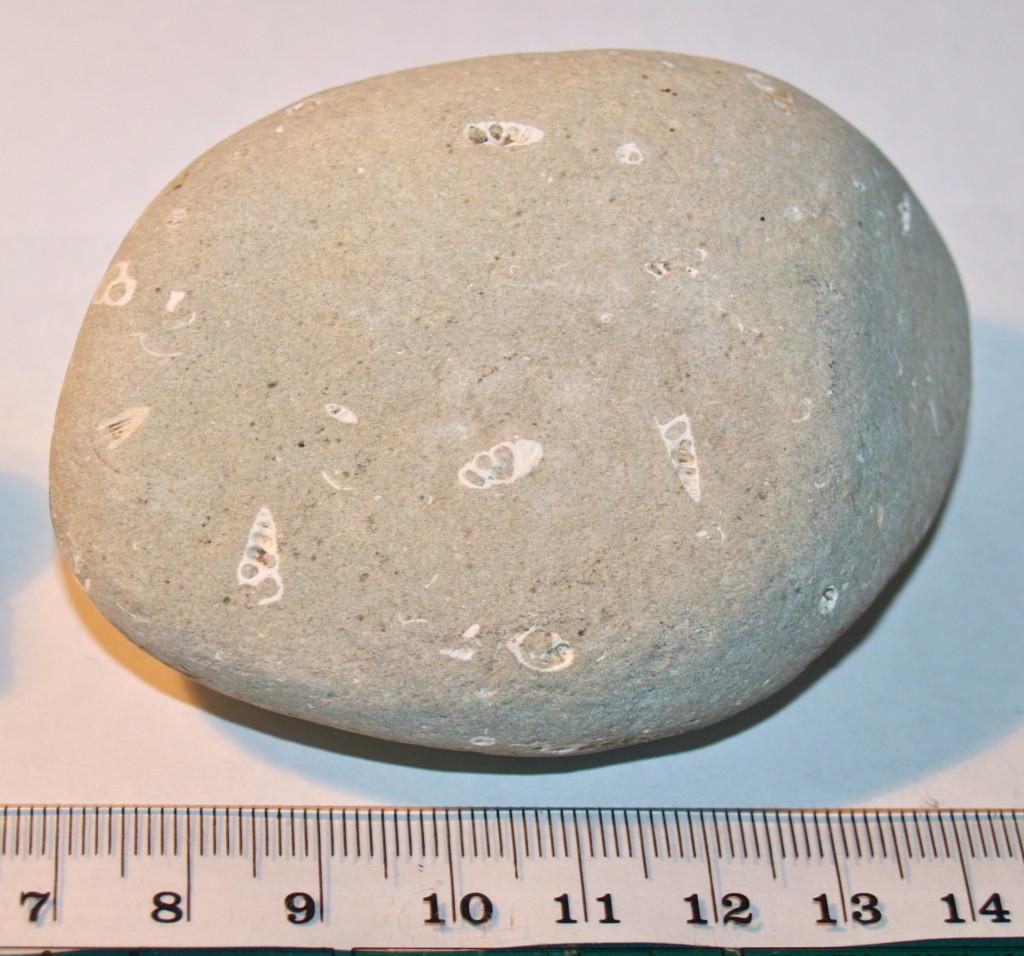
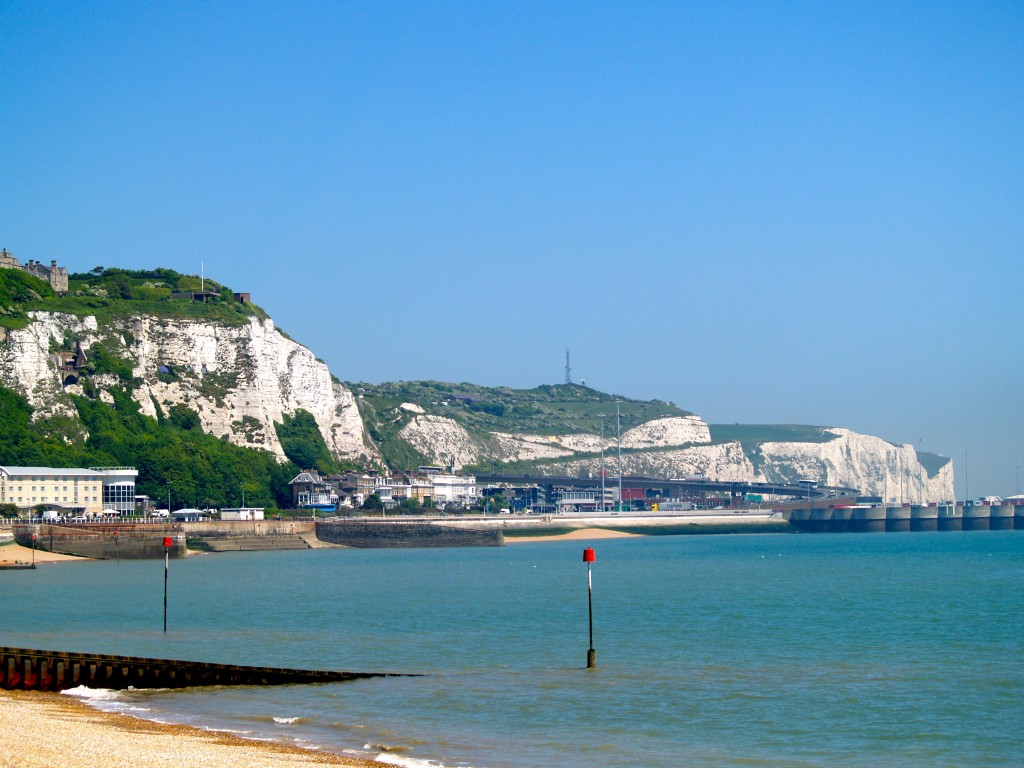
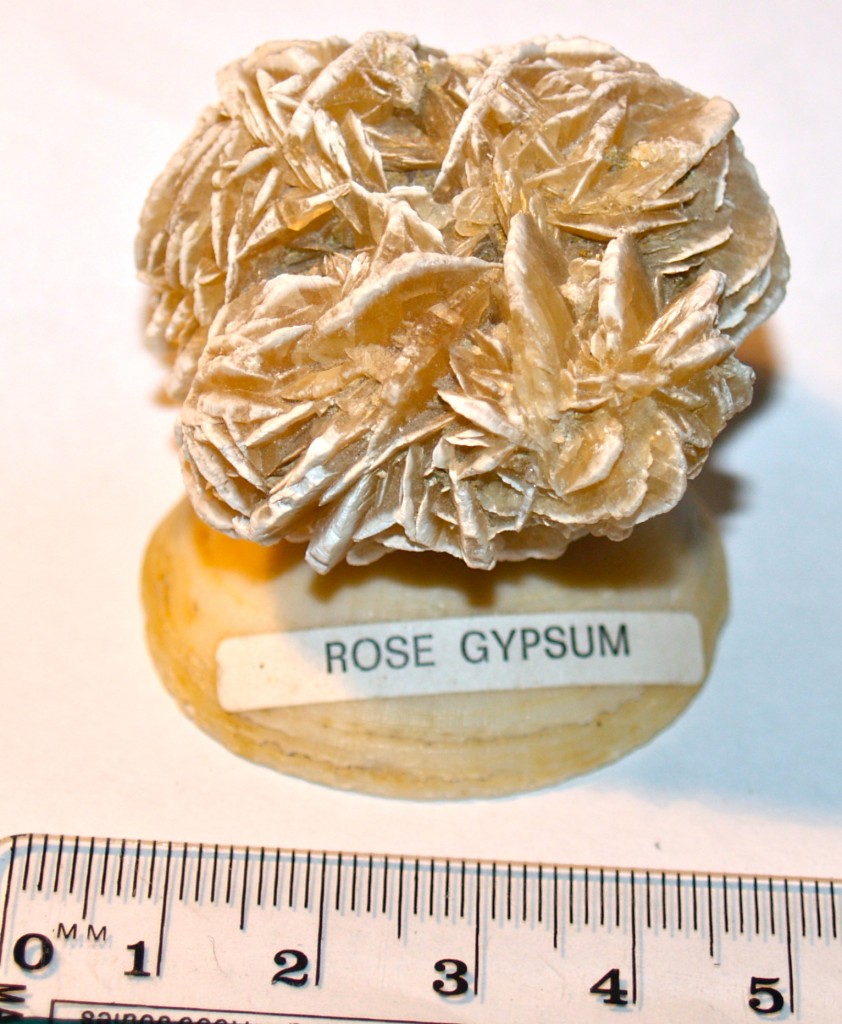

The Battalion Hawk Bloggers
Hi Ross!
Thank you for your AMAZING comment! We are SO relieved that the parcel finally got there because we were afraid that it might have been lost! We think we ALL learned a lesson from this experience ... don't let Mrs. Renton make BIG decisions when she has a bad cold ... especially when it comes to sending parcels overseas!!! Next time we send a parcel overseas, through snail mail, we should always choose "by air"!!! Lesson learned!!!
We were surprised AND happy to know that you got to use the clapper board. We thought you might never actually use it ... and put it on a shelf for display ... it just felt GOOD to send you something special! We think it's cool that on the same day that it arrived you were asked to film at the festival! It was perfect timing! It felt GOOD to see the YouTube video of you using the movie clapper!
We think it was cool that you showed us how to use a clapper when you are making a movie with more than one camera ... and we love the way that you are using the new/old blog to share your "how to" posts! We DEFINITELY think you should be a director/film maker!!! 😉
We are really GLAD that the rock samples we sent prompted you to do some MORE digging! We are really eager to find out what they REALLY are. Even some of the geologists we've had check these samples out don't all agree! What you say ... that they could be igneous rocks with crystals ... makes sense! The link you sent for diabase was great. We're STILL not sure! We think these rocks are a mystery ... maybe we need Sherlock Holmes working on the case!!!
We wonder how you cut the rocks so perfectly? Do you have a special tool? We think it COULDN'T have been a hammer because a few of us tried that and ended up with many, many pieces!!! It makes us feel SO good to know that some Alberta rocks have made it into your amazing collection, Ross! Who knows, maybe NEXT year, the NEW bloggers will find some DIFFERENT samples to send your way!!!
One blogger thinks that we should do a whole post dedicated to asking the world to help us identify these mysterious rocks. What do you think?
Thanks, Ross! We will probably keep coming back to this blog post of yours as we learn a little more. We love that your mind starts to wander and you further explore our questions. We always learn SO much from you!
The Battalion Hawk Bloggers 🙂
rossmannell
Post authorHello Battalion Hawk Bloggers,
I must apologise for taking so long to answer. In between your comment and now, I have produced two more DVDs and taken a series of photos in a local national park.
The DVDs were made for two towns. April 25 each year is ANZAC Day* for Australians and New Zealanders. I had decided to attend three memorial services on the day.
The first was in my hometown of Merimbula. I attended the 6:00a.m. Dawn Service and was surprised with how many people were there. It was the largest crowd I can remember.
At 9:00 a.m. I attended the ANZAC Day march and ceremony in Pambula about 5 miles (8km) from home. This was the first ceremony to be made into a DVD.
At 11:00 a.m. I travelled about 18 miles (30km) to Candelo for another ANZAC Day march and ceremony to film for the second DVD.
* for information on ANZAC Day, here is a post I prepared for local schools…
http://rossmannell.edublogs.org/2013/04/29/anzac-day-2013-in-the-bega-valley-shire/
Making the Festival Film…
I am still waiting to hear from the organisers of the village festival. They need permission from the composers to have the DVD released. While the clapperboard doesn’t appear in the DVD, you will know it has helped me align video from three cameras. Of the five performances, two are favourites so I would love to be able to release the DVD. If the DVDs aren’t released, I may just be making a copy for the composers.
Rock Samples…
One of the most interesting activities in science is trying to find out answers. When you think you have answers, you share with others and wait to see if others agree. The rocks were a mystery and a mystery is perfect for a Sherlock Holmes type of person. My search included finding some online geological surveys of your area in order to try to narrow down the type of rock. I found diabase is possible in your area although we call it dolerite here. Whether it is would need a geologist to confirm.
I do have a geologist’s hammer. It has a large pointed end and a hammer end for breaking off rock samples and breaking them open but it wasn’t necessary for the rock I split. I used a normal screwdriver and a quick hit with a hammer to split the rock.
It can be dangerous breaking rocks open as they might shatter and spray out pieces or fly off on being hit but the sample split cleanly. I think this was because it was made of many small crystals. A hit with a hammer would split it into many pieces but a sharp hit at one point can split some rocks.
One of the advantages of blogging is the ability to share ideas and ask others to take part in learning adventures. A post about the rock might work but a geologist would probably need to have a piece to look at. Perhaps using the pictures I used in my post might help. As you know, I add “Schools and students have permission to use this graphic for non-commercial, educational purposes.” Under my photos and graphics if I am allowing their use.
Mind Wandering…
I suppose it comes from being interested in many things but I never know when an idea will come on reading a blog post. I have had another class comment on a post I made for them. It seems mind wandering can be contagious. Their teacher said the post sparked “many different trains of thought and deviations from our curriculum.” Here’s a link to the post…
http://rossmannellcomments.edublogs.org/2013/05/06/great-britain-and-australia-compared-for-our-world-our-numbers/
My next filming session is a week away for a charity and then a week and a half later for a music camp performance so the clapper board will get some more use. 🙂
Ross Mannell